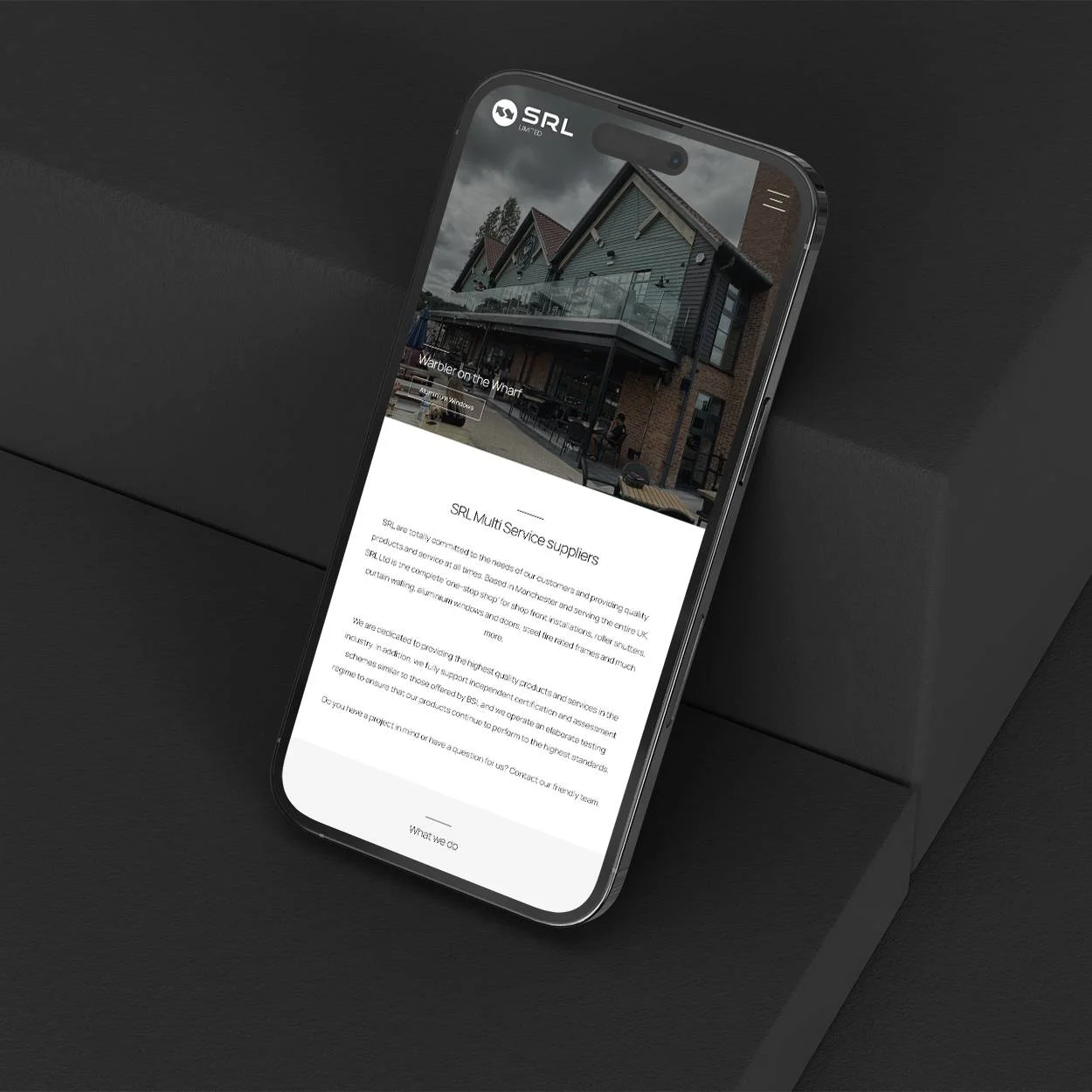Web design.
-
Web design is a crucial aspect of establishing an online presence for businesses and individuals alike. From basic start-up websites, through to complete bespoke solutions, MALO consistently deliver for our clients...
1/2
-
With extensive experience in building eCommerce websites, CMS (Content Managed Systems), such as WordPress and Joomla, and a skilled team of backend developers behind us, we have every aspect of web development pretty much covered.
2/2








